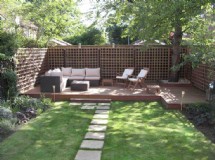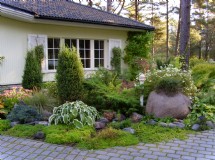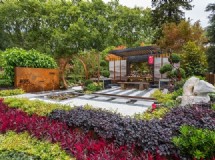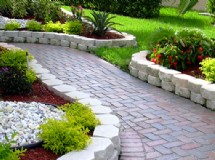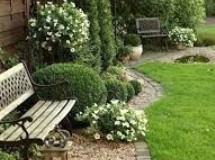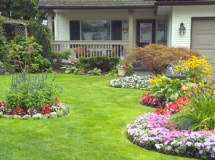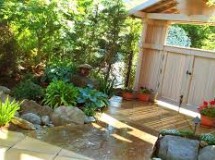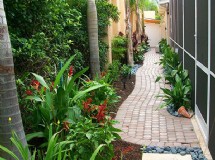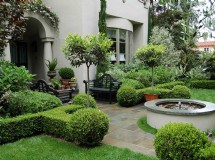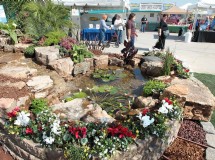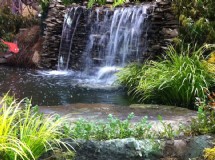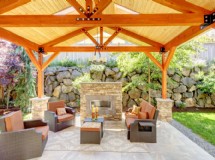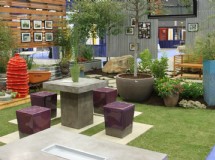If you're the type of person who loves do-it-yourself projects, then building your own windmill probably seems like an easy task. If you've been searching around on the Internet for free wind generator plans, you'll be glad your reading this. We'll cover the basics of what you need to know so that you can make a sound decision about your plans to build a wind generator.
This should go without saying to most handymen, but you must begin with a good set of plans. No matter where you find your free wind generator plans, you can easily keep your budget to less than a few hundred dollars if you plan ahead.
The most basic component is going to be the blades you use. Nowadays, most store bought blades are manufactured with PVC. PVC is lightweight and durable and can be expected to withstand the forces of turning rapidly. Additionally, PVC blades are relatively inexpensive, but if you prefer, you can make your own out of 6 or 8 inch PVC pipe if you know how to cut the pipe just right. You can also use metal or even wood to make them if you know how. Making your own blades is a little bit beyond the scope of this article, so just try to find the least expensive ones you can.
Once you have chosen the blades that best fit your situation, you want to ensure that you have a base which can support them. While your current set of plans should specify this, you need to ensure that the base is sturdy enough to handle the load that will be placed on it by the blades even in very high wind velocities. Once you have the base and blade design, the next thing to consider will be the transfer of power from the generator to your home.
The last two components of your wind generator are the electrical connections and a DC generator. You have two options for the generator: Either just ask your local hardware store for one that can handle household appliances or you can find and refurbish your own. After you have the generator that fits your situation best, the last major component will be the electrical connection. The key consideration for your electrical connection will be that your controller fits your unique power needs.
Now that you are aware of the four major components in building a wind generator - the blades, the tower, the generator, and lastly the electrical connection, you should have the information you need to get started. While free plans can be found on the Internet, the best plans that are actually worthwhile and have support for you when you get stuck are usually the ones you pay for so keep that in mind while you look around for free wind generator plans.
Go to [http://www.homemadewindmillinfo.com] if you want to learn more about home made wind mills!
Learn more at http://ezinearticles.com/?A-Basic-Guide-to-Build-Your-Own-Wind-Generator&id=2156161
This should go without saying to most handymen, but you must begin with a good set of plans. No matter where you find your free wind generator plans, you can easily keep your budget to less than a few hundred dollars if you plan ahead.
The most basic component is going to be the blades you use. Nowadays, most store bought blades are manufactured with PVC. PVC is lightweight and durable and can be expected to withstand the forces of turning rapidly. Additionally, PVC blades are relatively inexpensive, but if you prefer, you can make your own out of 6 or 8 inch PVC pipe if you know how to cut the pipe just right. You can also use metal or even wood to make them if you know how. Making your own blades is a little bit beyond the scope of this article, so just try to find the least expensive ones you can.
Once you have chosen the blades that best fit your situation, you want to ensure that you have a base which can support them. While your current set of plans should specify this, you need to ensure that the base is sturdy enough to handle the load that will be placed on it by the blades even in very high wind velocities. Once you have the base and blade design, the next thing to consider will be the transfer of power from the generator to your home.
The last two components of your wind generator are the electrical connections and a DC generator. You have two options for the generator: Either just ask your local hardware store for one that can handle household appliances or you can find and refurbish your own. After you have the generator that fits your situation best, the last major component will be the electrical connection. The key consideration for your electrical connection will be that your controller fits your unique power needs.
Now that you are aware of the four major components in building a wind generator - the blades, the tower, the generator, and lastly the electrical connection, you should have the information you need to get started. While free plans can be found on the Internet, the best plans that are actually worthwhile and have support for you when you get stuck are usually the ones you pay for so keep that in mind while you look around for free wind generator plans.
Go to [http://www.homemadewindmillinfo.com] if you want to learn more about home made wind mills!
Learn more at http://ezinearticles.com/?A-Basic-Guide-to-Build-Your-Own-Wind-Generator&id=2156161
SHARE

